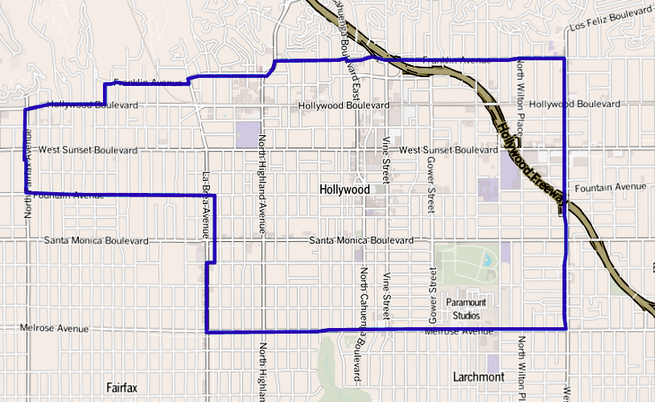
Main Difference
The main difference between Hollywood and Bollywood is that the Hollywood is a district in Los Angeles, California, United States and Bollywood is a Hindi language film industry
-
Hollywood
Hollywood is a neighborhood in the central region of Los Angeles, California, notable as the home of the U.S. film industry, including several of its historic studios. Its name has come to be a shorthand reference for the industry and the people associated with it.
Hollywood was incorporated as a municipality in 1903. It was consolidated with the city of Los Angeles in 1910 and soon thereafter, a prominent film industry emerged, eventually becoming the most recognizable film industry in the world.
-
Bollywood
Hindi cinema, often known as Bollywood and formerly as Bombay cinema, is the Indian Hindi-language film industry based in Mumbai (formerly Bombay). The term is a portmanteau of “Bombay” and “Hollywood”. The industry is related to Cinema of South India and other Indian film industries, making up Indian Cinema—the world’s largest by number of feature films produced.Indian cinema has an annual output of 1,986 feature films in 2017. Bollywood is its largest film producer, with 364 Hindi films produced in 2017. Bollywood represents 43 percent of Indian net box-office revenue; Tamil and Telugu cinema represent 36 percent, and the remaining regional cinema constituted 21 percent in 2014. Bollywood is one of the largest centres of film production in the world. In 2001 ticket sales, Indian cinema (including Bollywood) reportedly sold an estimated 3.6 billion tickets worldwide, compared to Hollywood’s 2.6 billion tickets sold. Bollywood films tend to use a colloquial dialect of Hindi-Urdu (or Hindustani), mutually intelligible by Hindi and Urdu speakers, and modern Bollywood movies increasingly incorporate elements of Hinglish.The most popular commercial genre in Bollywood since the 1970s has been the masala film, which freely mixes different genres including action, comedy, romance, drama and melodrama along with musical numbers. Masala films generally fall under the musical film genre, of which Indian cinema has been the largest producer since the 1960s when it exceeded the American film industry’s total musical output after musical films declined in the West; the first Indian musical talkie was Alam Ara (1931), several years after the first Hollywood musical talkie The Jazz Singer (1927). Alongside commercial masala films, a distinctive genre of art films known as parallel cinema has also existed, presenting realistic content and avoidance of musical numbers. In more recent years, the distinction between commercial masala and parallel cinema has been gradually blurring, with an increasing number of mainstream films adopting the conventions which were once strictly associated with parallel cinema.
